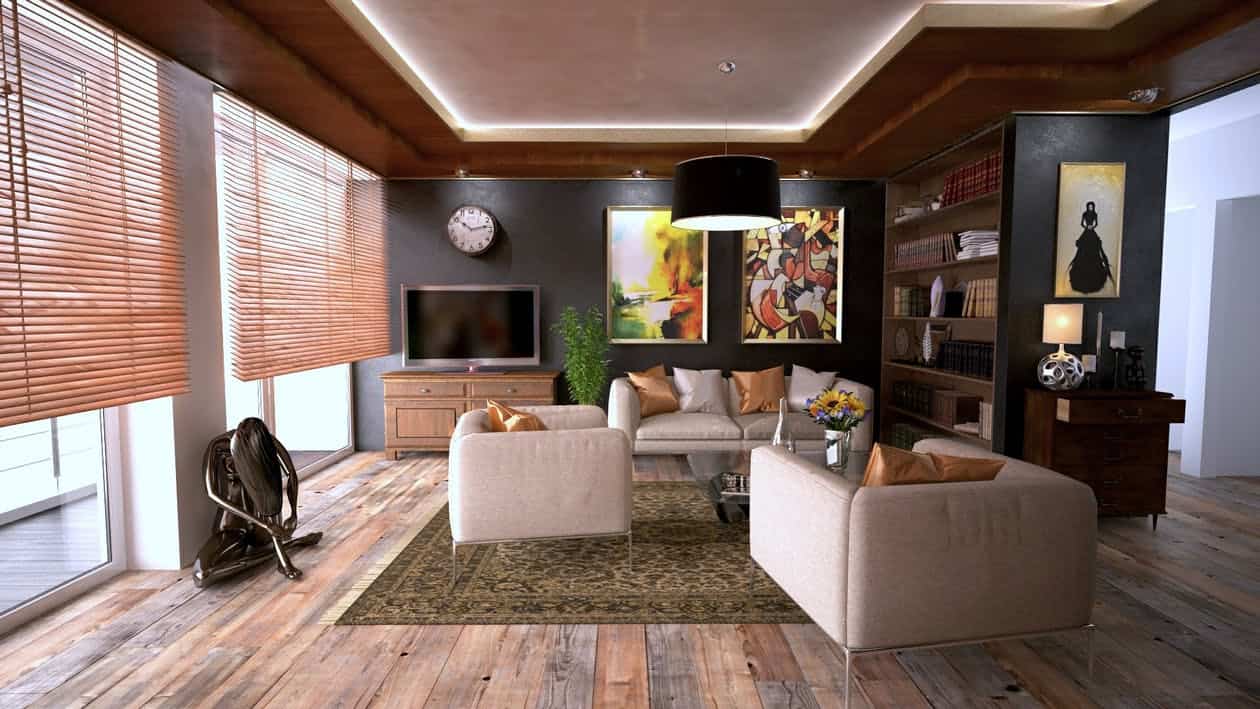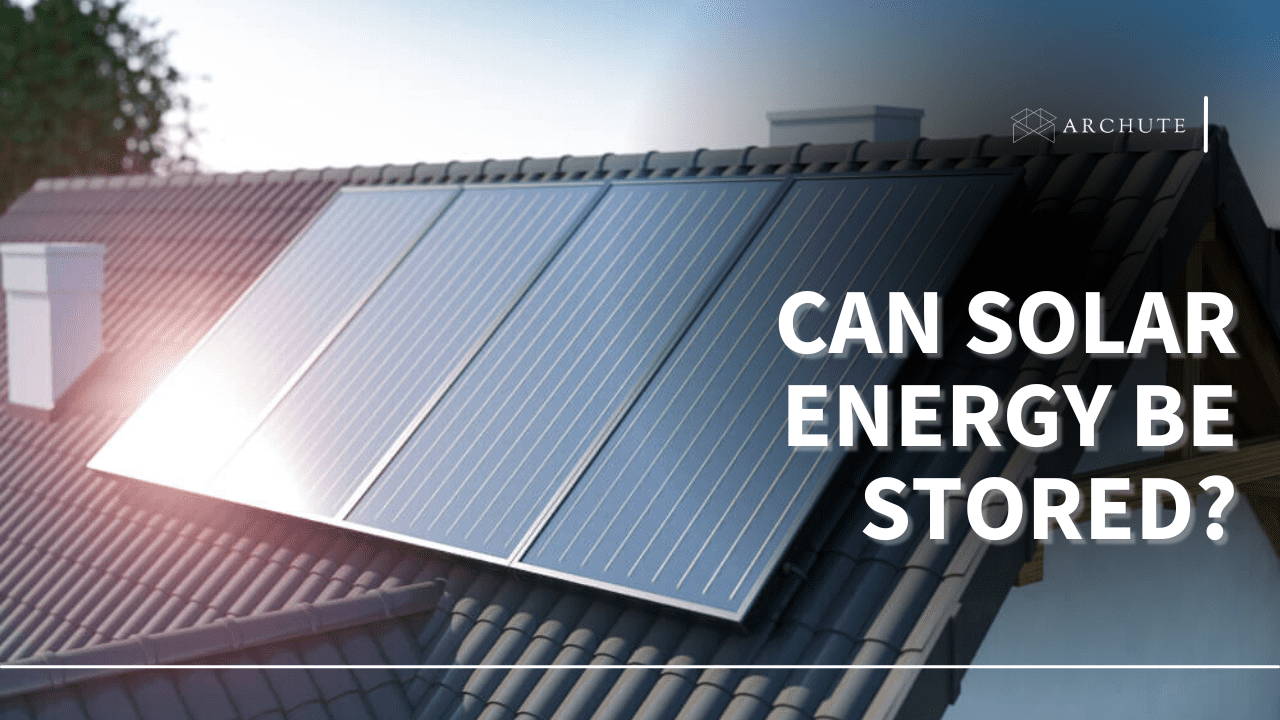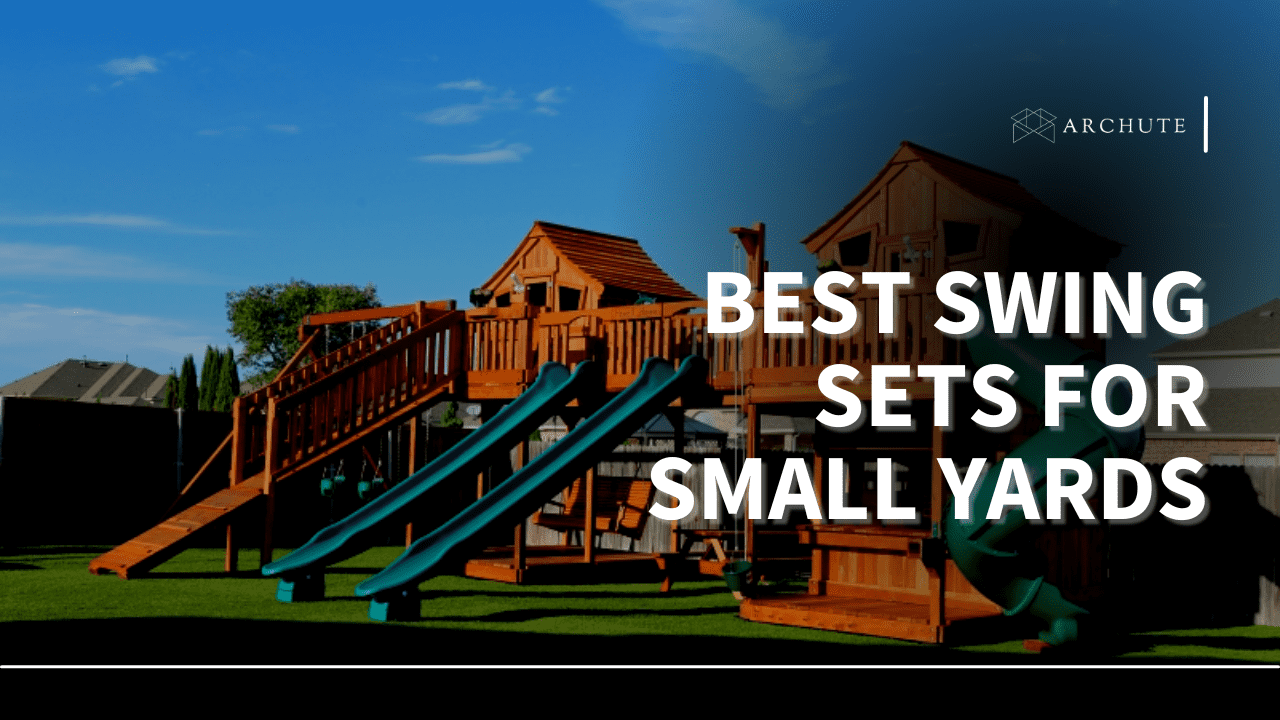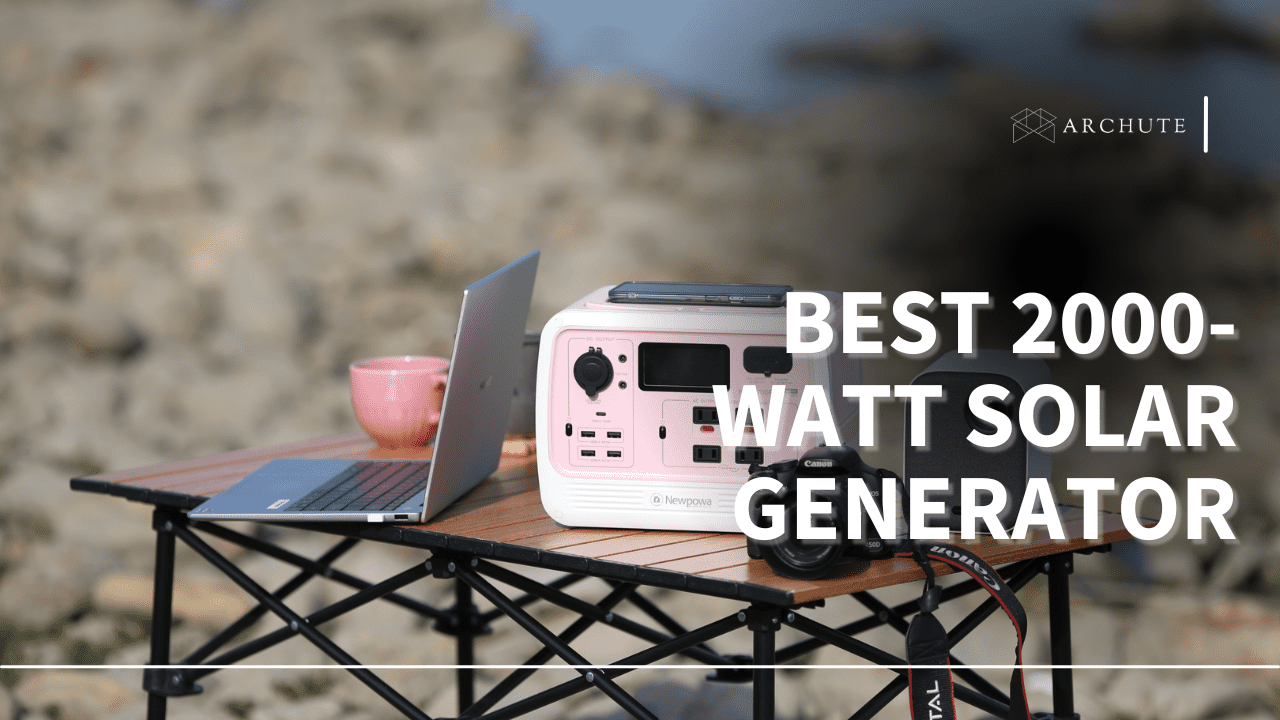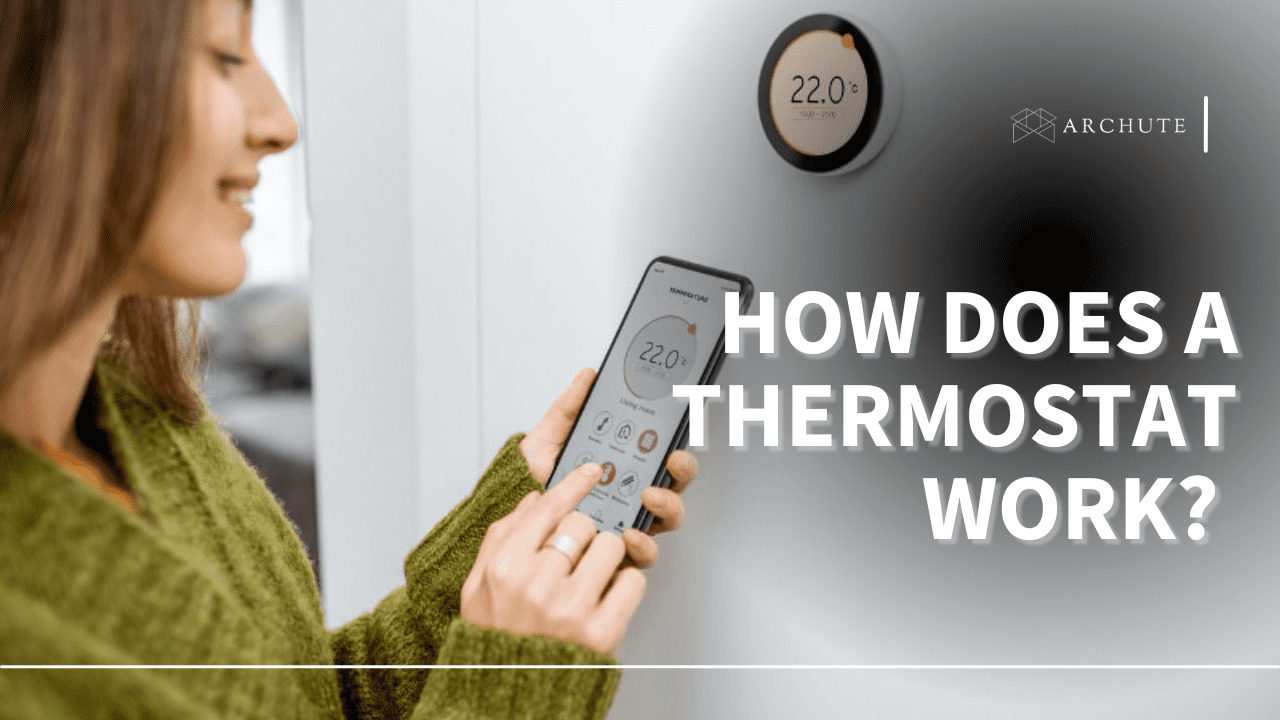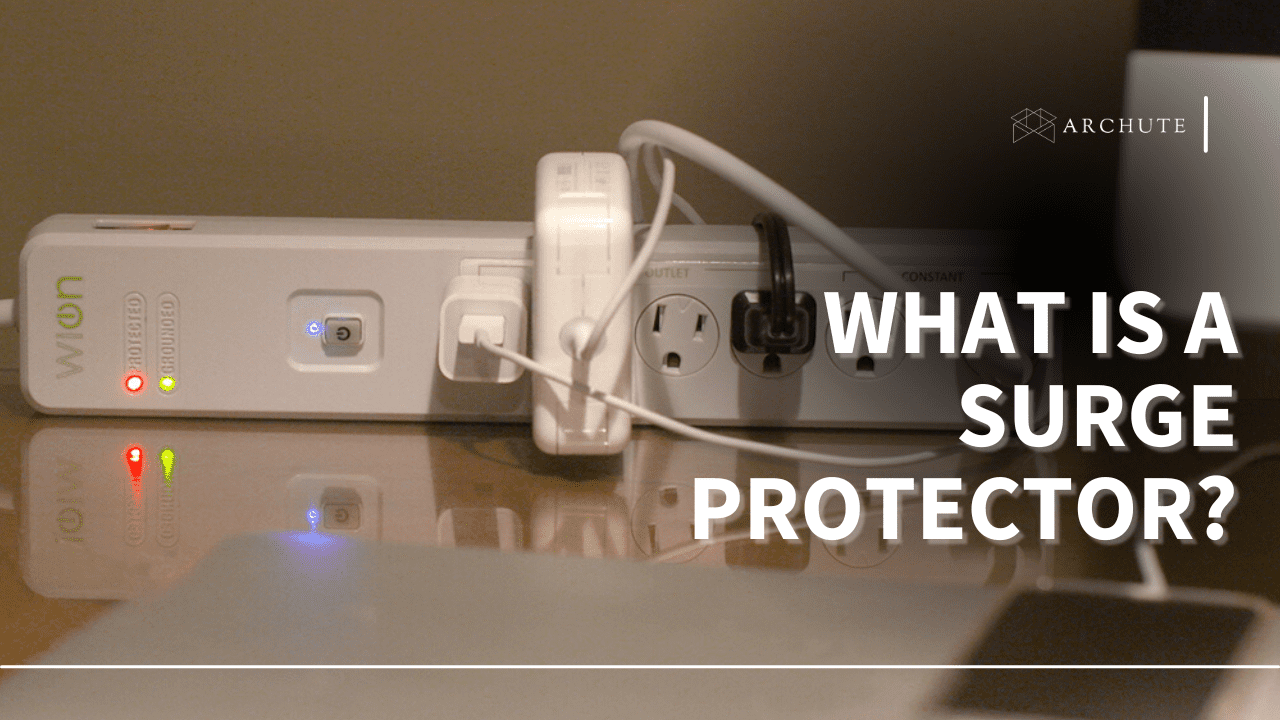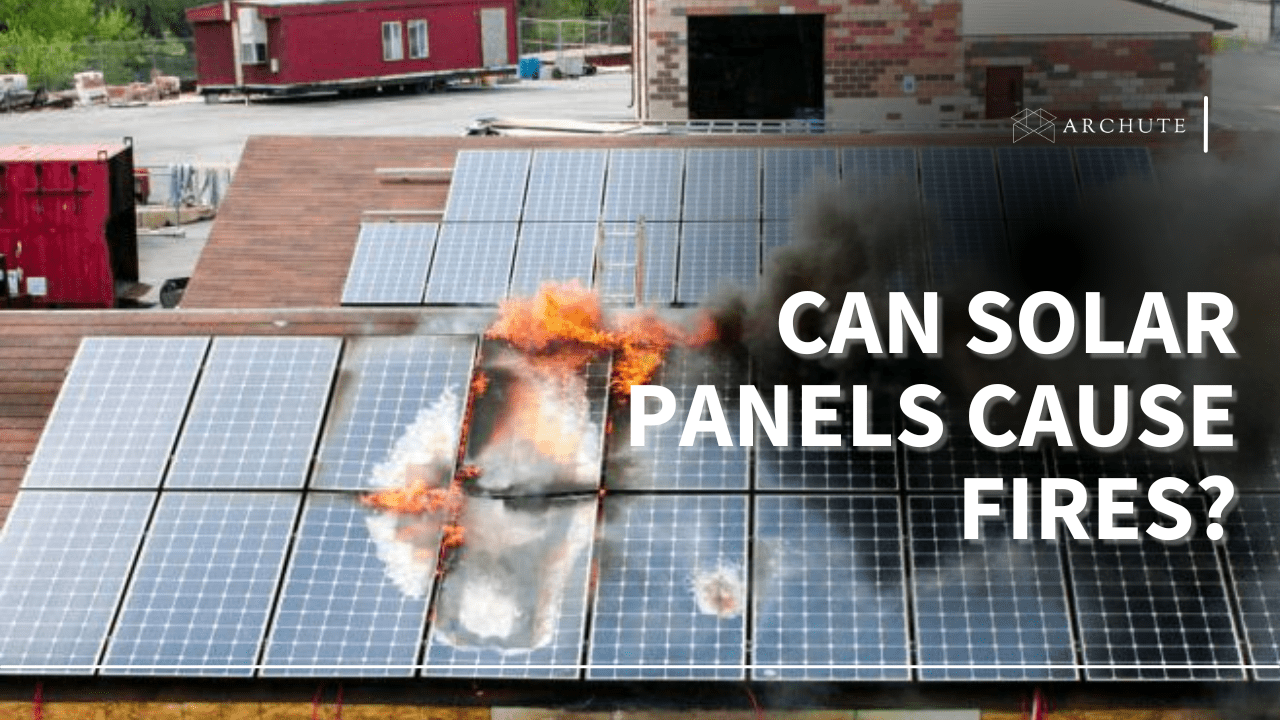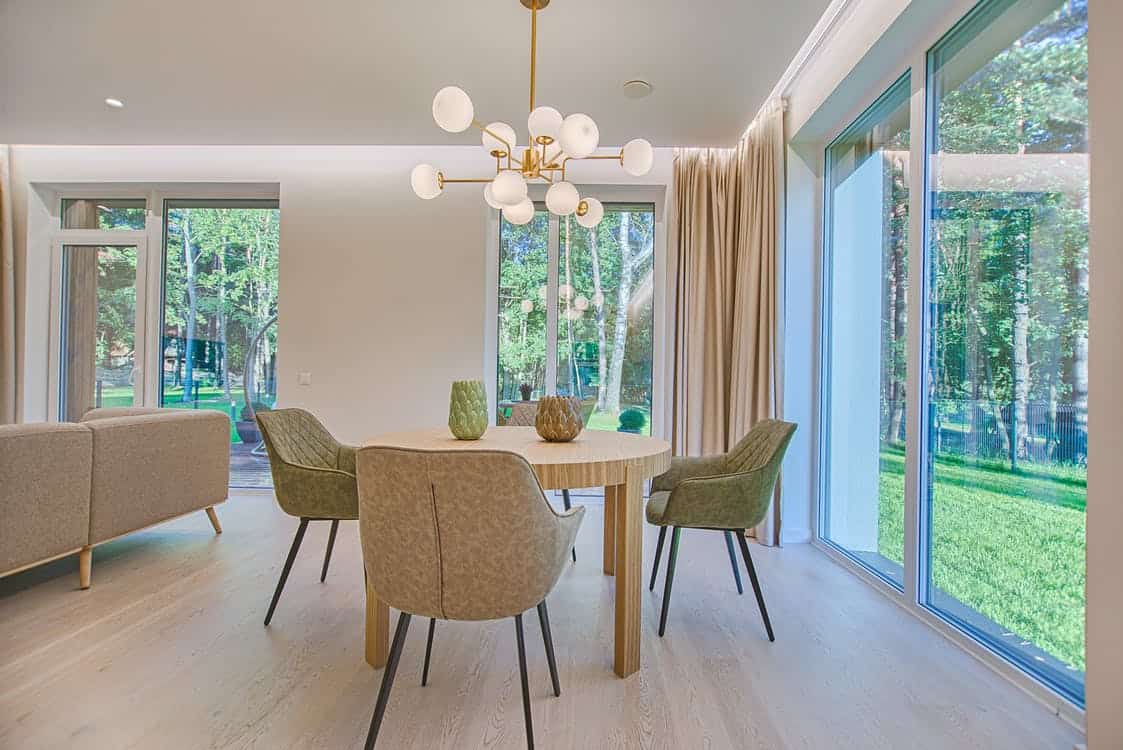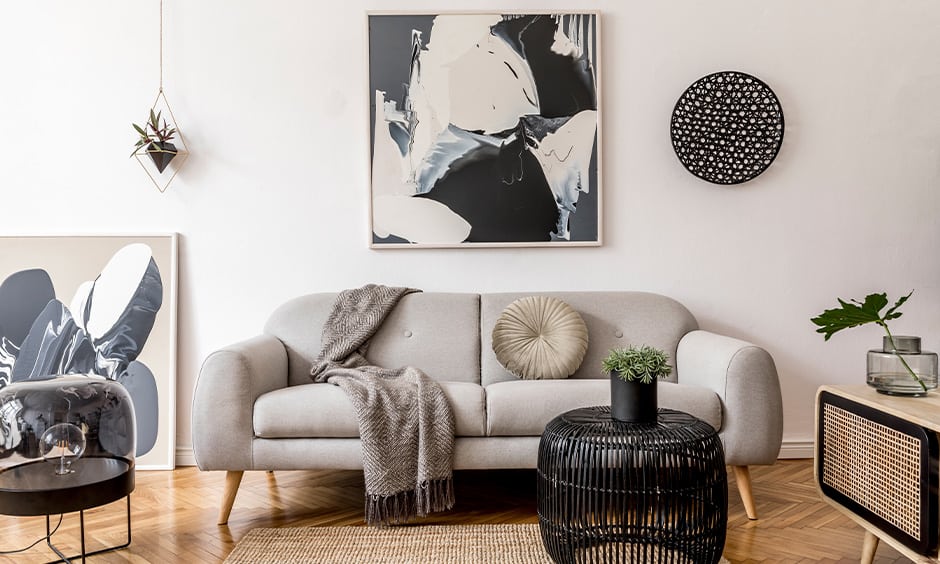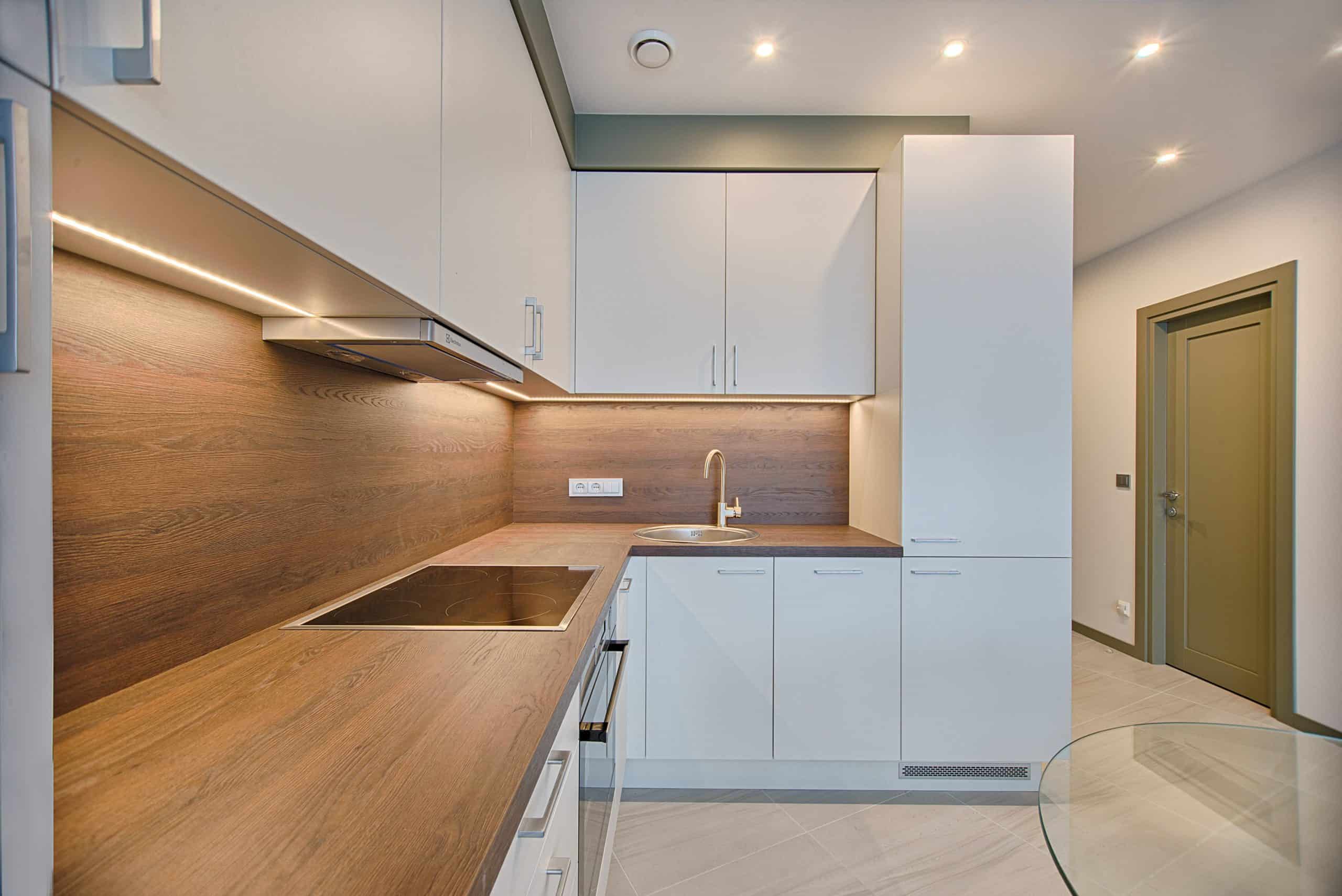Blinds are more than interior accents as they can also help dim a bright room due to excessive sunlight during summer or keep your room shady and cooler. You can also depend on blinds if you want to control the amount of light that comes in or if your relaxation idea involves a dark and noise-free room. However, there are different types of blinds for windows, and for you to make the best choice, you need to understand each type.
Window blinds feature several long and thin vertical or horizontal slats of different colors, types and textures. So, if you have been searching for blinds that will suit your windows but are not sure what types of blinds are out there, this will be an essential guide to help you make the best decision.
What are Blinds?
Blinds comprise individual slats that can be raised, lowered and sometimes tilted from one side to another, making it easy to control how much light enters a room. They are a popular way of covering your windows, especially over curtains, because they add a dash of life to any room, and they are functional with a flexible operation.
Each set of blinds has features that differentiate it from the others. So whether you are trying to shop for blinds that darken your space for better sleep or you want a light option to allow natural light into the space, this article will help you.
1. Vertical Blinds

Image Credit: ese.co.ke
Vertical blinds are used on large glass doors like backyard doors or patios that need covering from the floor to a few inches from the ceiling. Depending on the style, the vertical blinds open by parting in the middle or from side to side. These blinds are long enough to cover the whole door and block all the light shining in, but they are also great for large windows.
You can get vertical blinds made in many materials to suit your design and budget, including wood, faux wood and PVC. If you are shopping for blinds to use on sliding glass doors, vertical blinds are a perfect solution, and they don't only look great, but they are easy to clean. These window treatments are the best options if you are interested in an affordable yet chic look.
2. Venetian Blinds

Image Credit: ashteadinteriors.com
Venetian blinds are among the most popular window treatments, and they are horizontal blinds with horizontal slats that attach with strips of cloth or strings known as tapes. They are made of plastic, metal or wood and can be used in any room in the house because they can be custom-fitted for any window.
Venetian blinds come in every material, including faux wood, aluminum, vinyl, bamboo, PVC and wood. However, they are sometimes frustrating to adjust because you need to pull the string to the left to unlock the slats before you raise or lower them.
3. Mini Blinds/ Micro Blinds

Image Credit: hunterdouglas.com
Mini blinds are similar to Venetian blinds in function and form but have slats of a small width of about an inch thick. Micro blinds are smaller than mini blinds, and they feature slats with half an inch thickness, meaning they are smaller than mini blinds by 50%.
They work well for small windows found in bathrooms or other rooms that need a small-scale option. However, mini blinds and micro blinds are difficult to clean since there are more slats you will need to clean.
4. Panel Blinds

Image Credit: jamesmartinblinds.co.uk
Panel blinds are mostly found on large windows of a house or patios, and they move along different sections using a track that operates with full flexibility in lighting. Generally, these panel blinds are made of fabric rather than tilting. They are opened back and forth in a sliding way mounted on the window frame to offer you a complete outdoor view when they are opened. The panel blinds are installed in glass doors, patios and large windows, and they don't rotate or tilt but slide together to allow some light into the room.
5. Outdoor Blinds

Image Credit: luxaflex.com.au
Outdoor blinds are perfect for keeping the barbeque space or patio area from getting wet from the rain, and they are made of durable materials such as reed or woodgrain for weather endurance. Unlike blinds designed for indoor use, outdoor shades can be hung in areas that will see the sun for many hours a day. It will keep them up during the rainy spring months without causing damage. They are made to have slats close together and close almost over each other to be used outdoors when the sun is hot to allow you to have more shade in the sitting area.
On the other hand, outdoor shades are not your typical indoor shades made from fabric, and they are often used outside since the material is weatherproof and more durable. In addition, they are a better option since they allow people to see what's going on around them without blocking the view while they protect you from the sun's rays.
6. Roller Blinds

Image Credit: appealshading.com
Roller shades are the best definition of neatness and simplicity, and the fabric of the blinds binds around the tube at your window's top. The blinds can be customized with a pull, braid, pole, eyelets or shaped hem, and they are suitable for all room types. In addition, the roller blinds come in a cordless alternative without a sidewinder and can be cleaned easily using a wet or dry cloth.
Roller shades are a perfect solution for anyone who doesn't like the mechanism on Venetian blinds, and they are cheap blinds that are easy to install. They are one of the window treatments that can be mounted in several ways, and they can be complemented with additional covers such as fascia, cornices and valances.
They are also known as diner shades and feature large horizontal slats for the best insulation, and they will give you more control over the light that comes into the room. The roller shades were corded but nowadays have motorized designs. Similar to Roman shades, roller shades come in a range of synthetic or natural fabrics and often have extra features such as thermal or blackout linings to create blackout shades. In addition, they can come in double roller blinds, which are practically two blinds installed on the same bracket.
7. Solar Shades

Image Credit: incountryvalueoman.net
Solar shades are quite similar to roller shades, and their main purpose is to minimize the number of UV rays, sunlight, heat or glare entering the room from outside while preserving your window's view. If the main point is to limit the sunlight effects, the solar shades will be perfect.
8. Pleated Blinds

Image Credit: newblinds.co.uk
Pleated blinds are a perfect choice of fabric blinds, and they work by having a fabric that folds open and closed. The simplest design is the single pleated fabric, and it's also available in cellular or honeycomb patterns, but you might find websites that separate them.
Pleated shades are inexpensive and easy to install since they can be attached easily to the top of your window frame with an adhesive or a common blind mount. The pleated shades are blackout blinds that don't allow any light in when lowered since there are no slats with some open spaces in between. These pleated blinds and shades can be used in rooms where you need extreme privacy, such as bathroom windows close to a tub or toilet, to remove any chance of looking into the room.
9. Roman Blinds

Image Credit: ellstrad-blinds.co.uk
Roman blinds, also known as roman shades, are a traditional window treatment made from materials or fabric such as seagrass or jute. There are different styles of Roman shades, and these shades operate similarly to Venetian blinds since when its raised, it folds into themselves. However, as much as Roman shades have a timeless yet beautiful look, they remove some of the viewable space of your window when it's raised.
Roman shades come both lined and unlined to cater to different needs, and these linings will offer you additional features such as thermal or blackout linings.
10. Honeycomb Blinds

Image Credit: calwindowfashions.com
Honeycomb blinds, also known as cellular shades, are similar to pleated shades and are made from similar materials. However, cellular shades are made with two different material pieces, unlike pleated shades.
The front and the back sections of the cellular shades are open in the middle, creating a pocket that will provide insulation. These cellular shades come in various cell sizes, and they are meant to fit the needs of different windows. The window treatment is a great solution to help your home stay cool during the summer and warm in the winter to provide sound insulation.
11. Skylight Shades

Image Credit: homedit.com
Skylight shades come in different styles, including roller, cellular and pleated shades and they are designed to cover the hard-to-reach skylights. Conservatory blinds will also include skylight shades used for covering and insulating the glass roofs of conservatories.
Notably, cellular shades are popular for skylights thanks to their insulating properties, and they feature a removable rod used to raise, adjust or lower the shade. Some skylight blinds are raised or lowered using a handle instead of a rod, but automatic versions are also available.
12. Smart Blinds

Image Credit: executiveblinds.co.za
Smart blinds, the high-tech modern blinds, are window coverings becoming more common thanks to smart home technology. The smart blinds and shades come in many traditional styles, including new high-tech styles that can sync with a smartphone application.
These blinds can be programmed to open and close at different day points. They are visually attractive and can help you save on energy costs. Smart controllers are available if you want smart blinds and don't want to spend a lot to retrofit your home. The smart controllers will let you outfit your existing blinds with the same technology type that the expensive smart blinds use.
Blinds Vs. Shades
Most companies often use the words blinds and shades interchangeably, which is not completely correct, and it can be confusing when shopping alone. So, how are blinds and shades different?
Although both products work the same way to keep the sun out of a room, these two options differ in style, operation, price, and many other features.
a). Insulation
Both blinds and shades give heat control because they prevent the sun from entering your space. However, blinds offer better insulation during winter and summer, and they can keep heat in during winter and out during summer.
b). Privacy/Light Control
When it comes to privacy and light control, blinds and shades are at a tie, and it's because the hard slats of blinds tend to be raised or lowered. Blinds can also be tilted open or closed to achieve maximum privacy, and these shades have different fabric types to allow different types of light control. For example, blackout fabrics provide full coverage and light filtering that allows a soft glow, but in the end, it goes down to preference.
c). Cleaning
Cleaning existing blinds is a harder challenge since the slats can collect dirt and dust on each level. However, shades are not slatted, and they are much easier to clean since they don't have flat surfaces that collect dust. With that in mind, fabrics get worse due to stains and moisture.
d). Durability
Since shades are made from a lighter fabric, they are easy to tear or rip, so the hard materials of the blinds will last longer and will be better to use in the high traffic areas than the shades.
e). Child Safety
The blind's cord could harm children if they come across it, and it's typically the blind's main feature. So, cordless blinds and shades that roll up and pull down will give more safety for children since there is no cord. With that in mind, cordless lifts can also be found in blinds, and you will need to look for them.
f). Cost of Purchase
Depending on the types of shades you will get, they can be expensive or cheap. However, the most basic blinds will come at a lower price, so they will often be inexpensive for all you get.
g). Installation Cost
Since the installation for shades depends on the type and model, the installation cost will probably be higher than the blinds. On the other hand, the cost will be lower for window blinds since they have the same installation process.
What is the Difference Between Ready-Made vs. Made-To-Measure Blinds?
There are two main types of blinds on the market, and they are separated into two categories:
a). Ready-Made Blinds
Ready-made blinds are manufactured and designed in preset sizes that can be cut to fit any window size in your house. They are mostly found in stores and are available in size ranges instead of fitted options.
Pros
- There are many styles available
- Cheaper since they are not customized
- You don't need professional installation
Cons
- You have to do the work yourself
- These blinds and shades are not professionally fitted
b). Made-To-Measure Blinds
These blinds are made to fit a specific size and shape of an already measured window, so they don't work for any other window. The made-to-measure blinds are mostly ordered from a decor store that will customize your window blinds to get your exact measurements.
Pros
- These blinds don't need any adjustments
- Perfectly fitted for your windows
- It offers plenty of customization for designs and fabrics
- They are professionally installed
Cons
- They are more expensive
Factors to Consider When Looking at Different Types of Blinds for Windows
Like with any product, shopping for blinds should have some considerations, and if you are a newbie to blind shopping, there are a few factors to consider:
1. Materials and Energy-Saving Properties
There are different types of blinds, but the types of blinds for windows come in different materials. Depending on the room you will install the window blinds and your taste, the material of the window blinds will be important to you. The material is often what determines how the observer views a shade or a blind, and here are some popular materials you will find on the market:
a). Wooden Blinds
Wood is a popular material for its stylish and classic natural texture and warm color to create an ambiance that no other material will. They are popular and have the warmth of wood in different wood, stains and color, and they work well in most settings. However, wooden blinds are unsuitable for rooms with a lot of humidity and moisture since they can contract and expand over time which may cause splitting, warping or breaking.
b). Plastic Blinds
Plastic blinds come in various styles, making them a perfect choice if you want to add some color, and you are also looking to match them to a modern interior where some will even resemble wood. Although it doesn't have the luxurious look of real wood blinds, it lasts longer when it's not made of thin plastics.
c). Faux Wood Blinds
If you are looking for a wooden aesthetic with the practicality of plastic blinds, this is for you since they look good, just like real wood blinds. However, the faux wood blinds are made of synthetic fabrics, making them cheaper and lighter than the most popular window blinds made of real wood.
These window covers can be used in rooms with no moisture concerns, like the bathroom, since they are not made of real wood but fake wrapping and plastic in the interior.
d). Metal Blinds
Metal blinds are interesting since they look more like plastic blinds. You can get them in many other finishes, but you can't tell the difference by looking at them mostly. They resist moisture well, making them a popular choice for humid spaces such as a bathroom, and it's a concern for some types of toilets.
The metal blinds come in different gauges, and if your gauge is small, the slats are thick and are more durable, but they can be very noisy. This can be an issue for the people around you, especially if your air conditioners are blowing them around.
e). Fabric Blinds
This is the most preferred material, and it's used in blinds production regardless of the growth of synthetic fabrics in the market. Instead, the most commonly found blinds are made of natural fabrics: seagrass, cotton and jute, where you will find them in tie-up shades, roller shades, or the roman shade.
They are easy to clean and durable, perfect for people who can't stand dust build-up, and they will fade over time because of wear and tear. It's because of ultraviolet rays from the sun, and they can be replaced at a reasonable.
f). Paper Shades
Blinds and shades made with paper are inexpensive, making them a common choice for customers interested in matching various decors. Paper shades are similar to fabric blinds, and they are a solid color available in pleated sheets.
g). Specialist Textile Blinds
Some conservatory blinds and blackout blinds are created with industry-formulated materials. The custom blinds are expensive, thanks to the special benefits that come across and look like fabric blinds. They help with saving energy, and they can cause a total blackout in your room which can be beneficial in the bedroom.
2. Privacy and Light Control
The main importance of blinds is to give you privacy and control the light, but if your purpose is to block the light from coming in when the sun is at its peak, opt for bamboo, wood, leather or aluminum blinds. However, if you want light filtering and privacy not a problem, then fabric blinds or faux wood blinds would make a perfect solution.
3. Style
With many types of window coverings available, you won't have an issue pinpointing the types of blinds that will look the best in your home. For style, you need to look at the colors of your home and your interior decorations. If your home has neutral tones, choosing warm or subtle colors as your window treatments will enhance your home's interior beauty. However, if you have pastel color interiors and need to add some dash of vibrancy, choose deep or brighter-hued blinds.
4. Manual Or Automatic
Several traditional manual options let you adjust the blinds using a cord that you will pull down to lift the vertical slats and release them or lower them back down. However, some blinds feature automatic systems and if you want to close all the blinds simultaneously without getting up, use a remote to lower the slats manually.
It makes a great feature for modern homes that prefer a contemporary style, and they can work with any window where you need this convenience.
5. Purpose
There are two main reasons people get these window coverings, one is to add to the home aesthetics, and the other is to expand the house's functionality. Check what your aim is and align it with your lifestyle.
If you opt for the aesthetic route, go for leather, fabric and faux wood blinds, but if you want more functionality, bamboo, wood and aluminum blinds will make a good fit.
6. Safety Features
Traditional blinds usually include lift cords, and in homes where small children will be actively playing, lift cords could be a safety issue. So, if you are considering purchasing window treatments but have kids at home, it would be better to opt for cordless or motorized blinds. These types of blinds have an open and close button which is safer than the hanging blinds cord.
Meta Description: When shopping for blinds, you will need to know the different types of blinds for windows. This article has reviewed different types.

